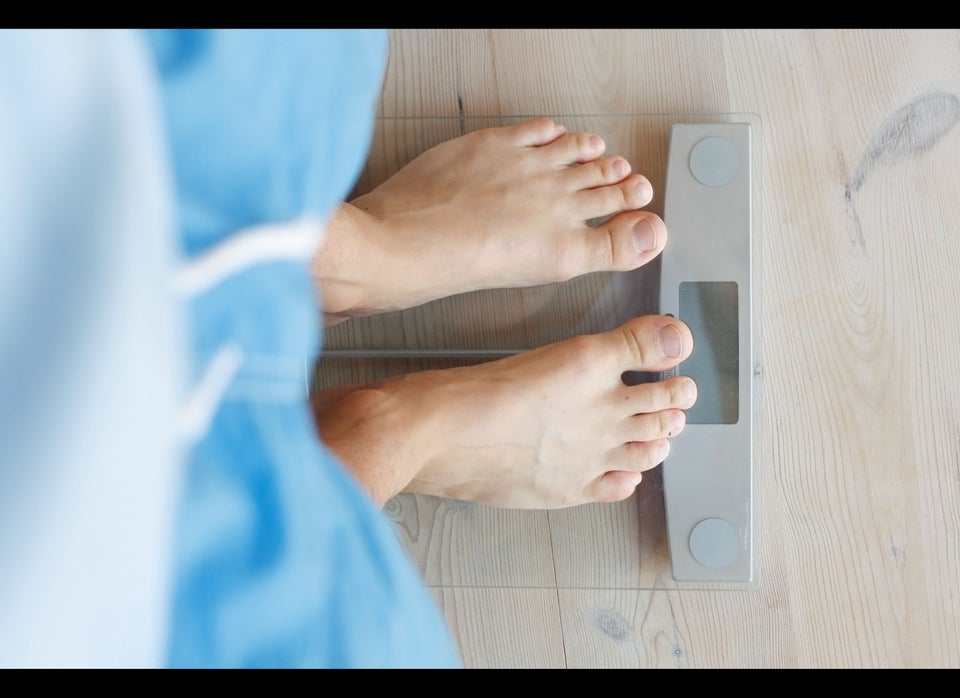
SPECIAL FROM Grandparents.com
Judy Gruen, 54, a Los Angeles-based humor writer, takes a break from her computer every two hours for a quick walk with her dog, a 15-minute round of cleaning, or a run to the market—all this in addition to her regular exercise routine. “I lost both parents to cancer and I’m well aware that their lifestyles were far too sedentary,” she says. “So I am doing my best to stay healthy, active, and vital for as long as I can.”
Gruen is not alone in committing to get more active. More people are taking the stairs, using treadmill desks, and folding clothes during TV commercial breaks.
Why the sudden motion?Research shows logging long hours on the couch or behind a desk raises the risk of chronic health ills like heart disease, diabetes, and cancer, along with premature death—even among those who exercise regularly. In a recent Australian study, people who sat 11 hours or more a day had a 40 percent increased risk of dying over the next three years compared to those who sat for fewer than four hours a day.
In other data, scientists at Pennington Biomedical Research Center in Baton Rouge, LA, estimated that if everyone sat no more than three hours a day, the average life span would rise by two years. “There’s a consistent association between sitting and health,” says Peter Katzmarzyk, Ph.D., Pennington’s associate executive director for population science. “We’re not designed to be sedentary.”
Sitting or lying for hours at a time inactivates the body’s large muscles, especially those in the legs and back, triggering a cascade of harmful metabolic changes, he says. “Sitting disrupts blood sugar levels, lowers the breakdown of harmful cholesterol and reduces calorie burning,” says Katzmarzyk.
Getting up and moving has the opposite effect. In a new study of almost 5,000 people, ages 20 to 79, from the University of Alberta in Canada, taking more than 10 activity breaks a day was associated with a lower waist circumference, lower triglyceride levels, blood pressure, glucose, insulin and systolic blood pressure, and higher “good” HDL cholesterol.
“A higher frequency of breaks in sedentary time or sitting per day was associated with lower risk factors for cardiovascular disease and type 2 diabetes,” says study author Valerie Carson, Ph.D., assistant professor of physical education and recreation at the university.
The new approach to fitness may have other benefits. Now that Gruen’s son, daughter-in-law, and 20-month-old granddaughter have moved from Baltimore to Los Angeles, she says, “I remember how dexterous and nimble you have to be to lift, play with, and otherwise care for an extremely busy toddler!”
Simple ways to get moving At home:
- Get off the couch and walk around the house during commercial breaks.
- Stand to read the newspaper or get dressed.
- Move around the house when checking text and e-mail messages on your cell phone.
- Do your own yard work and wash your car by hand instead of using a drive-through car wash.
At work:
- Stand and take a break from your computer every 30 minutes.
- Walk to your colleagues’ desks instead of phoning or emailing.
- Drink more water—going to the water fountain and toilet will break up sitting time
- Stand during phone calls.
- Use a height-adjustable desk so you can work standing or sitting.
Read more from Grandparents.com:6 surprising things that increase your skin cancer riskWhat kidney stones are -- and how you can prevent themThe healthiest things you can do in bed
